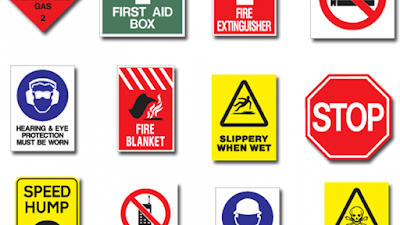Tips To Avoid Failure in Business Card Printing
A business card is a small card that typically has contact information and company information on it. A business card is used for organization, correspondence, and as a means of skillfully introducing the company's financial information.
What are some common errors made with business cards?
Whether printing an HR business card, a fashion business card, a medical business card, or an IT or software business card, there are numerous mistakes that can be made. You should avoid mistakes in business card printing such as:
● The business card lacks sufficient
information.
● Mistakes, double-written
information, and typos were found on the card.
● Poorly designed fonts.
● Ignoring your brand's needs.
● The card's construction is flimsy.
8 common errors to avoid when creating business cards
These are the most common errors to avoid while printing your card:
●
Incorrect information:
The most common error
that people make is entering incorrect information on their business cards,
which you should avoid doing because it could have disastrous effects on your
company.
Before printing your
business cards, you should carefully review all of the details, such as email
addresses, contact numbers that are reachable by the clients, and grammatical
errors.
Make sure that your name, phone number, and all other necessary business information are entered correctly. This can make it simple for the clients to reach you and guarantee that you make new contacts for new business agreements.
● Inadequate color choices:
By thoughtfully balancing the effects of the various colors,
one can affect the overall appearance of a business card. The readability of
the material is the most crucial factor. The client will find it challenging to
understand the card's crucial information if you use black, bold letters on a
dark background or white letters on a white background. You can use the right
backgrounds and proper colors to make it simple for people to read the
information about your company.
●
Grammatical mistakes in the cards:
Your first opportunity to promote yourself, your work, and your personality often comes in the form of business cards. If your information is simple to read, clear to understand, and error-free, they will have more faith in your professionalism and credibility.
Grammatical errors have the potential to undermine your
credibility. Avoiding grammar errors is crucial. If you're not getting rid of
capital or lowercase letters for consistency, branding, or punctuation, check
your card's capitalization.
If you use unconventional formatting, capitalization, or
font sizes, make sure your content is constant throughout your card.
●
Poor styling choices:
Using too many vivid colors, graphic images, small font
sizes, and unprofessional styling materials can make it difficult for the
reader to read your business card.
To avoid making this type of mistake, keep your card simple
by using one or two complementary colors and simple graphic designs rather than
overly complicated ones.
●
Typos and misprints in the cards:
Everyone makes mistakes in this world, but your clients
expect you to be accurate about the information you provide on your business
cards. To prevent any typos, misprints, or double-written information that
might give your cards an unprofessional appearance, you must carefully
double-check the pertinent information on the card.
●
Too much or not enough information:
Business cards allow you to share the bare minimum of information with others, but they don't provide a detailed account of your work.
Your name, title, email address, and phone number should all be listed on your business card, along with any other details that will be used to contact you most frequently. You can also include your company's physical address or website address, depending on the circumstances. The main services offered by your business should be succinctly outlined for the person holding your business card. Be inventive when submitting information other than your contact details.
On the other hand, leaving out any important details on your
business card could hurt your company. To avoid this, you must include all
relevant details about your identity, what you do, and why customers should
choose you.
Conclusion:
You can create the ideal
cards for your business with the aid of
business card printing. One advantage of printed cards is the capability to
create a distinctive branding scheme that can be printed in a variety of sizes,
colors, and shapes. The design and printing quality of the company's future
success may depend on how well the business cards turn out.




Comments
Post a Comment